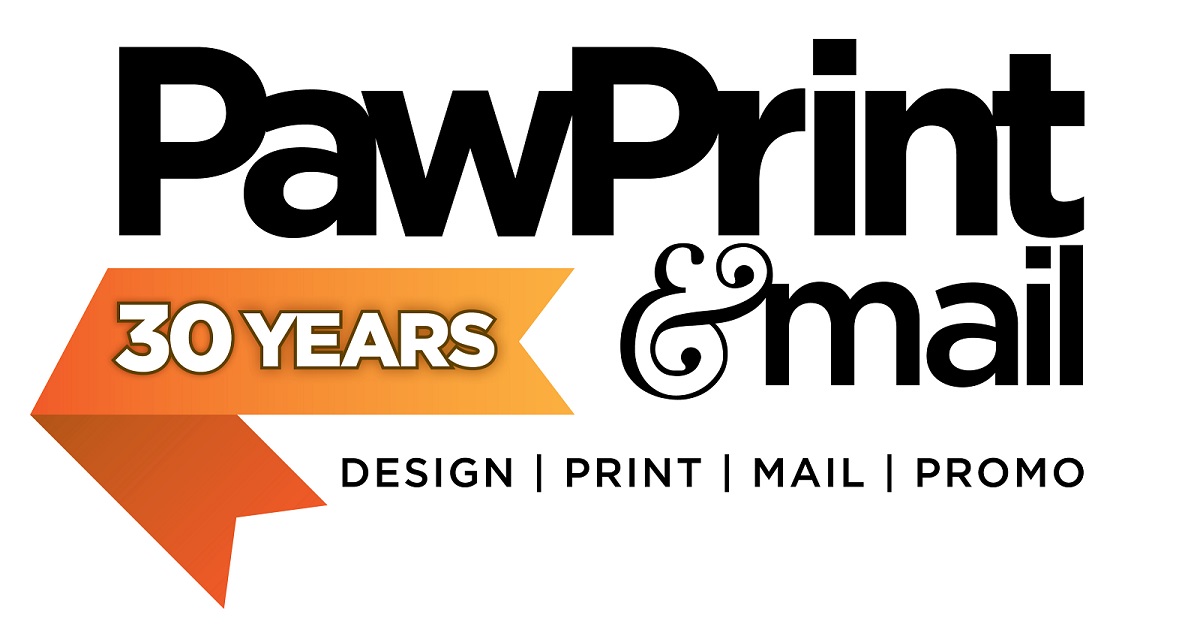 Making an Impression
Making an Impression
When you buy a new car, sweater, or sofa, you consider a number of factors: durability, comfort, ease of use. These are, of course, important qualities. But the initial appeal of the product, what draws you to it, may depend on one thing—the color.
So when evaluating and strategizing your company branding, how does color play into the mix?
Items like sofas and sweaters have the advantage of coming in multiple colors. If you don’t like one, there may be another that fits your needs. But when it comes to your company’s brand, there can only be one color combination to consider—the one with the best chance of making a good first impression.
And that impression is almost instantaneous. You may not realize it, but you’ve made up your mind about a product in 90 seconds or less from your first interaction with it. In that unconscious moment, your assessment is based 60 to 90 percent on color alone.
Studies show that 93 percent of consumers consider visual appearance of a logo and other branded materials before deciding whether or not to purchase. No matter how compelling your company’s services may be, or how well they are performed, your brand is only as strong as its presentation.
It is critical, then, to make a strong first impression. Color can be an impactful way to do so.
But Which Colors?
There are many theories about the emotions different colors evoke. However, the guidelines of color association are imprecise. An important reason for this is personal preference. People prefer certain colors over others and associate different things with the same color. Any meaning a color may have comes in infinite variations. Thus, choosing the color yellow for your brand will not automatically make consumers associate your brand with happiness.
This is not to say that color does not have an effect on how your brand is marketed. Rather than attempting to have the color of your logo speak for itself in terms of meaning, make sure that the color is appropriate for your brand.
What does this mean? Essentially, you want the color of your logo to represent your brand’s personality. The context of personality is necessary to make color choice important –otherwise, you could use any color.
Content creator network Dashburst found that 80 percent of clients believe color is the primary way to recognize a brand. A common example is Apple, which uses white as its main color. White can represent simplicity and cleanliness, and Apple is aligned with that. Their products are promoted as easy to use with a simple appearance, focusing on clean lines and a basic design. Apple is such a well-known company that the color of the product alone can trigger an immediate association.
Color Speaks to Your Customers
Consumers generally see white as an appropriate color for Apple’s brand. That feeling of appropriateness is important. Choosing a color that a majority of people favor is not as important as choosing a color that customers believe appropriately reflects your brand and what it represents. Though one study found that blue is the favored color of 1/3 of women and over 1/2 of men, blue should not necessarily be used in every logo or advertisement.
By this logic, even an unpopular color can be used to sell a product or brand well if it fits the product. Brown was only the favorite color of 3 percent of participants in the color survey. But it can be used effectively if it is aligned with what the brand does. If you are a woodworker or own a gardening company, shades of brown would be perfectly appropriate to include in your advertising, as it is representative of what you do.
Sometimes it is less about individual colors and more about color schemes. Similar base and background colors with a contrasting accent color help to accentuate the importance of the information presented in the accent color. If your background colors are mostly whites and grays, using red or green in small amounts will direct customers to those parts of your advertisement or website that you most want them to see.
Which Pulls Better, A or B?
It is also important to test different color schemes when you can. Track how those different campaigns compare to see what resonates best with your audience. In the Button Color Test, the website of Performable created two pages that looked the same, except for the color of the “Get Started Now” button. On one page, the button was green to align with the accent color scheme. On the second page, the button was red, the only place that color was used on the page.
The result? There was a 21 percent higher conversion rate with the red button page over the green button page. Many sites have such a button, whether it reads “Join Today” or “Donate Now.” You don’t want anyone viewing your site to have to search for these links. Having a color scheme that flows throughout the site and a high-contrast button can make aligning with your brand easy.
Other Color Considerations
Want to design a brand-new logo or re-evaluate your existing logo? Here are some additional nuances to consider before you release your brand to the world.
- Know your competition. If your logo looks a lot like Company X’s, consumers may be confused. Making your brand colors different from your main competitors will help your company to differentiate itself.
- Keep culture in mind. Different countries and cultures have associations with colors that can vary widely. Color association is imprecise. But, there are some colors that have culturally been assigned to certain things. (Think red and green at Christmastime.) If you’re going to market your brand globally, make sure you know your audience. Consider how the logo may need to be adapted or changed in different areas to avoid cultural gaffes.
- Men like shades, while women prefer tints. Depending on which gender you are marketing towards, you may want to try using colors more appealing to that gender.
Using color is only effective if you choose the right color, one that fits with what you want your brand to say to the world. Ensuring the appropriateness of the color you choose can increase your potential of making a positive and lasting impression on your intended audience.
Whether you have an established color scheme or are looking to start fresh, contact Paw Print & Mail for all your printing needs.
